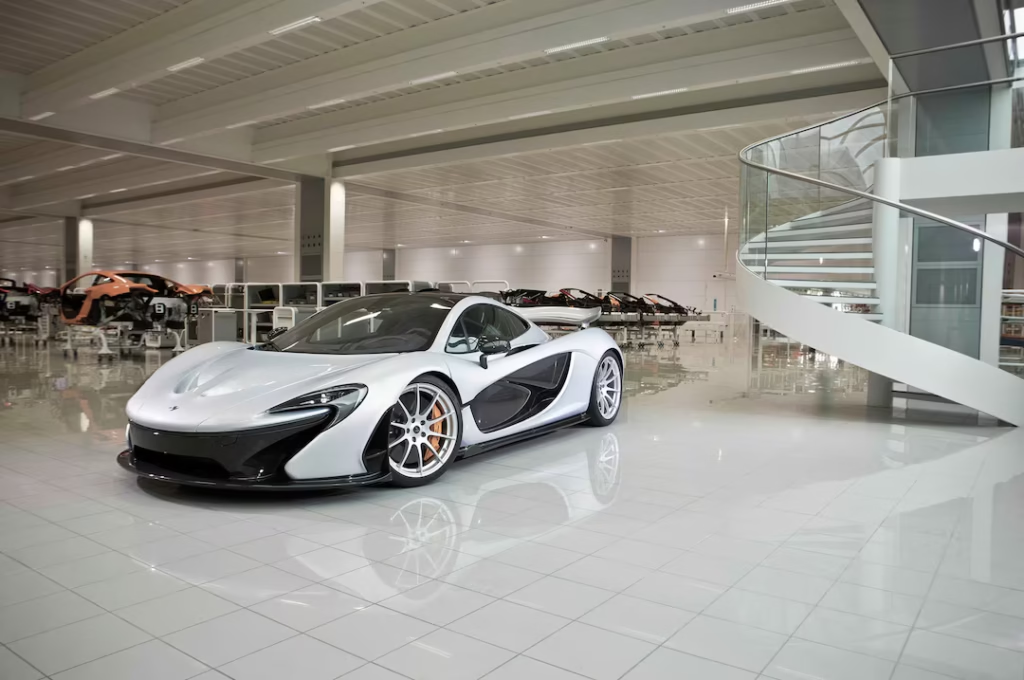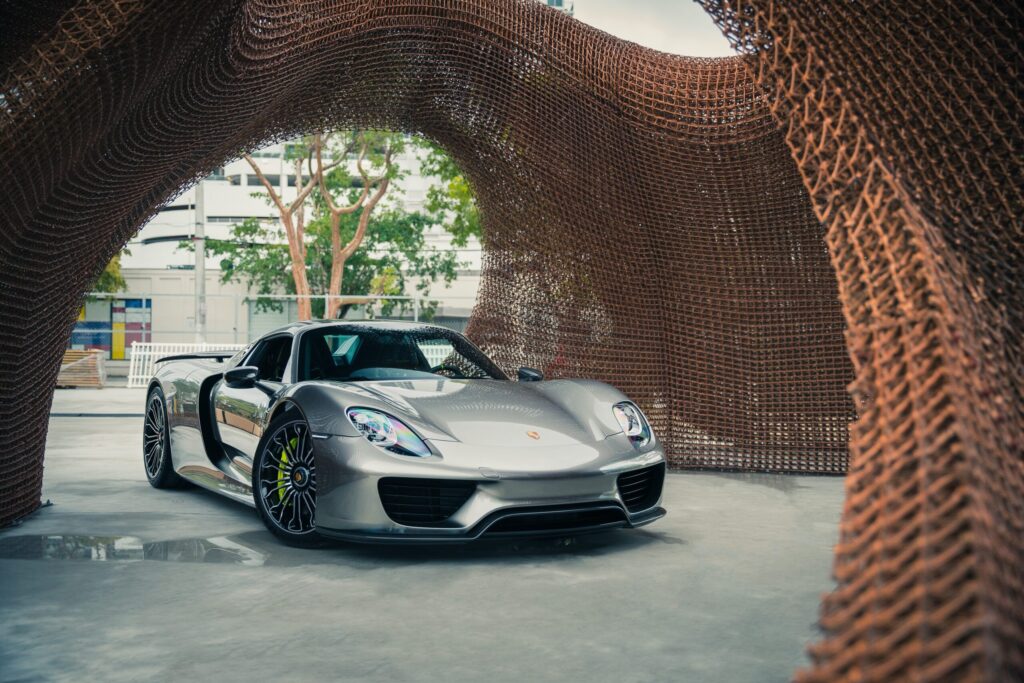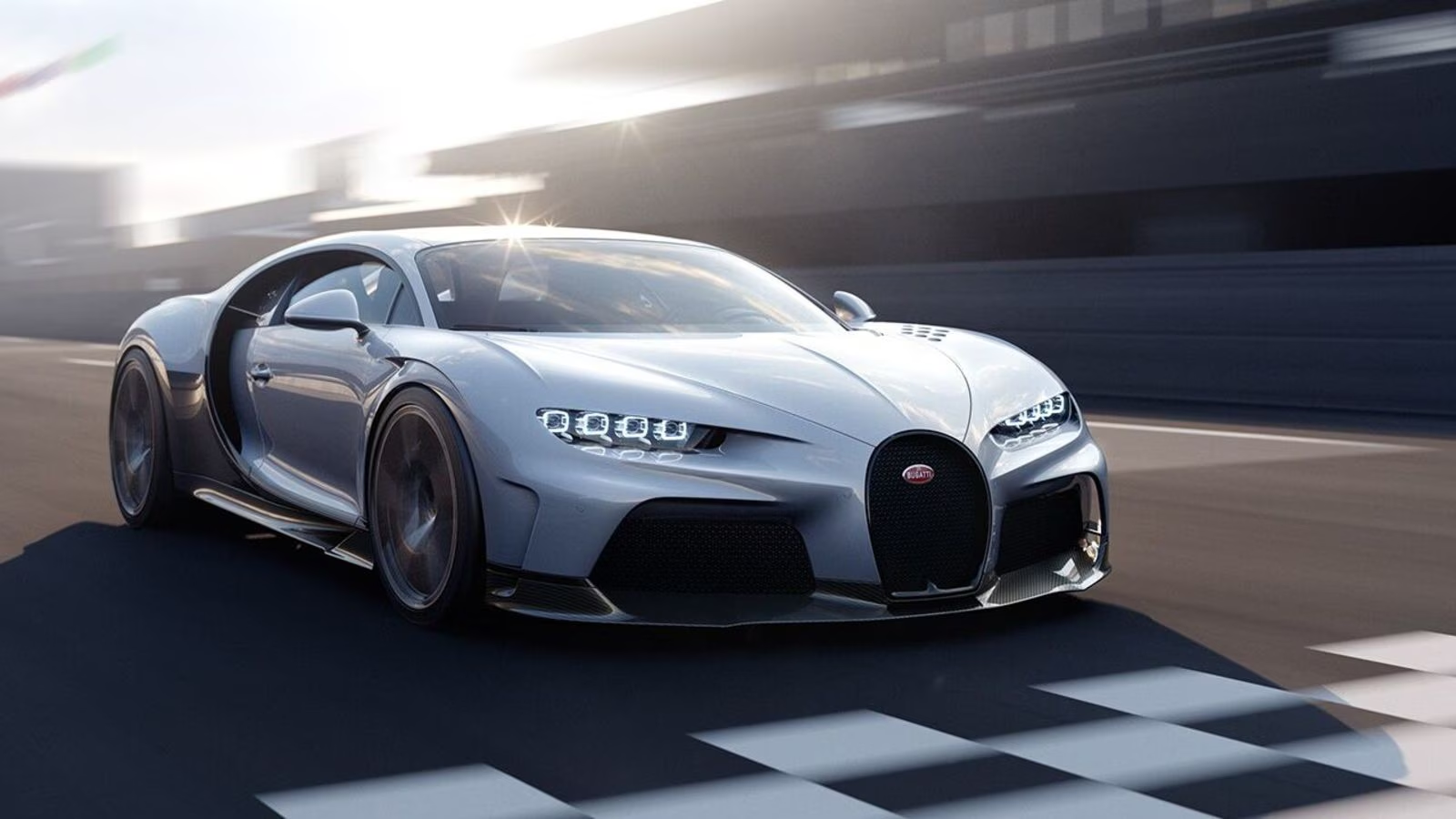The Supercars and superbikes are, in essence, examples of marvels of engineering with tremendous cutting-edge technology and phenomenal performance. These have fascinated the imagination of enthusiasts across all parts of the world-not just because of speed or style, but for the craftsmanship and innovation too. Build quality and fuel efficiency remain two equally important points defining the essence of the machines.
It was this complicated relationship that led this paper to portray efforts by the manufacturers of cars when building their cars to ensure that quality was realized when pitted against the increasing need for better fuel efficiency.

Build Quality: The Need for Excellence
This category relies on the exclusiveness and performance of the supercars and superbikes determining the build quality. Therefore, it encompasses the choice of material, accurate assembling, and durability of every part of the car. There is excellence in the build quality that will guarantee reliability, thereby providing value to the riding or driving experience. That is how they do it.
- Materials and Engineering
Advanced materials used in any supercars and superbikes include carbon fiber, titanium, and high-strength aluminum alloys. Advanced materials provide an excellent balance between strength with weight, necessary to completely attain performance and agility. Examples include;
Carbon fiber: Often, it’s the chassis or body panels of a supercar. It is very strong and a weight-optimized material with high airflow and mileage.
Titanium: It is widely used in superbikes’ exhaust system, and other parts of superbikes, titanium being corrosion-resistant and lighter capable of withstanding higher temperatures.
- Precise Manufacturing
This process involves so many precise manufacturing procedures that make it possible to produce such high-performance automobiles. Among the technologies include 3D printing, CNC milling, even robotic assembly of parts that ensure fit and wear out well over time. In some human aspects, interior stitching is done by hands, and custom-painted finishes.
- Emphasis on Aerodynamics
Another very important feature of the quality of the build, closely linked with speed, handling, and fuel efficiency, is aerodynamics. Active spoilers, air vents, and diffusers are added to the design and fit of supercars and superbikes to help reduce drag and stabilize them.
- Testing
These machines are put under test in the wind tunnel, track trials, and endurance runs before they are sold to consumers. The obvious implication is that these machines will come with the highest standards for safety, performance, and reliability.
Fuel Efficiency: In Pursuit of Sustainability
Traditionally, fuel efficiency has not been the emphasis point for supercars and superbikes since their main attraction comes from performance and speed. With environmental considerations and stricter emission regulations now being enforced, manufacturers started focusing on fuel efficiency without compromising performance.

- Lightweight Design
Weight loss has been the highest to improve the fuel economy in the consumption of fuel. The usage of high-grade material has already been mentioned above, in the reduction of the weight of the vehicle. The lesser energy to accelerate will improve the fuel economy, lighter a vehicle.
- Advanced Engine Technologies
The newest supercars and superbikes use the advanced technologies in the engine which tends to minimize the consumption of fuel:
Turbocharging and supercharging: they force more air into the combustion chamber so that an engine as small as four cylinders is capable of even more tremendous power.
Hybrid Powertrains: The hybrid system is now the means to combine in-house combustion with an electric motor for all modern supercars. What is found here is that the technology is focusing on efficiency more than anything, yet delivering fantastic performance in examples like the Ferrari SF90 Stradale and the McLaren Artura.
Variable Valve Timing: It controls the valve timing of an engine for maximum power and improved fuel efficiency over a very wide operating range of RPM. It is a usual feature found in superbikes and supercars.
- Aerodynamics
It is the reduction in drag that will take less amount of energy to continue carrying on keeping the vehicle rolling at such a high rate. Active aerodynamics constitute dynamic improvements in fuel efficiencies with adaptive spoilers and curtains of air under different circumstances of driving.
- Intelligent Systems
Intelligent systems can be considered part and parcel of a modern vehicle that tracks or optimizes fuel consumption. The cylinder deactivation of start/stop technology plus many more energy recovery feature slowly becomes common for such high-performance vehicles.
Collisions between Build Quality and Fuel Efficiency
To come up with supercars and superbikes that can build a high-class quality alongside the fuel efficiency, a number of conflicts between performances and efficiency are as followed:

- Performance efficiency
High-performance engines are by nature fuel-guzzlers. High performance and good fuel economy go hand in hand, thus requiring engineering breakthroughs to meet these dual demands.
- Expensive of Advanced Materials
Carbon fiber and titanium are expensive materials, thus elevating the cost of manufacture. It is essential that manufacturers judiciously utilize such material so that the product turns out to be cost-effective without sacrificing its quality and efficiency.
- Emission Standards
More Clean Technologies
Emission standards push the companies to a rather clean technologies that in themselves prove cumbersome as well as costlier to introduce, incurring nothing on performance

Case Studies: Icons of Excellence
- Supercars
Bugatti Chiron. Has W16 engine developing 1,479 hp in such an enormous and powerful body that has achieved efficiency in the body with upgrades done in the aerodynamic fashion and use of lighter weight materials.
Porsche 918 Spyder: A hybrid supercar with an 8-cylinder gasoline engine and electric motors delivering 887 horsepower. Not bad for fuel economy-67 MPGE (miles per gallon equivalent).

- Superbikes
Ducati Panigale V4. The high precision engineering with minimal weight in the Panigale V4 strikes the best balance between performance and efficiency with the most updated systems in engine management.
Kawasaki Ninja H2. It is the supercharged variant of the Ninja H2, that can deliver high power coupled with very good fuel efficiency keeping everything so well along with aerodynamics.
Trend and Innovation in Future
The automobile and two-wheeler industry is moving much faster, and it is said that several revolutions are about to come true in near future as well.

- Electric Vehicle (EVs)
Even the super electric cars and superbikes, like the Rimac Nevera and Harley-Davidson LiveWire, have become the norm. These consume no ounce of fuel but are unbeatable in efficiency without any loss of performance.
- Sustainable Materials
Currently, there is a move towards sustainable alternatives for the more conventional materials used in the manufacturing of these parts. Already, natural fibers and recycled composites are being used to manufacture lighter and more environmentally friendly parts.
- Artificial Intelligence (AI)
These AI-based systems are introduced in high-performance vehicles to achieve optimal efficiency in such vehicles. They can scan the patterns of driving and adjust in real-time for optimal adjustment to achieve the highest amount of fuel economy.

Conclusion
Human genius along with the relentless quest towards perfection, the very best aspects of supercar build quality and superbikes fuel efficiency are. When these machines have, by the course of history given performance supremacy, so that paradigm shift in favor of sustainability is redesigning its philosophy. Advanced materials innovative technologies, and sustainable practices have helped manufacturers to conceive vehicles that spark but, at the same time also contribute toward making a greener future.
With time, this quality of building would be the balancing between quality building and fuel efficiency; so, speed will throng in the notion of responsibility and sustainability.


